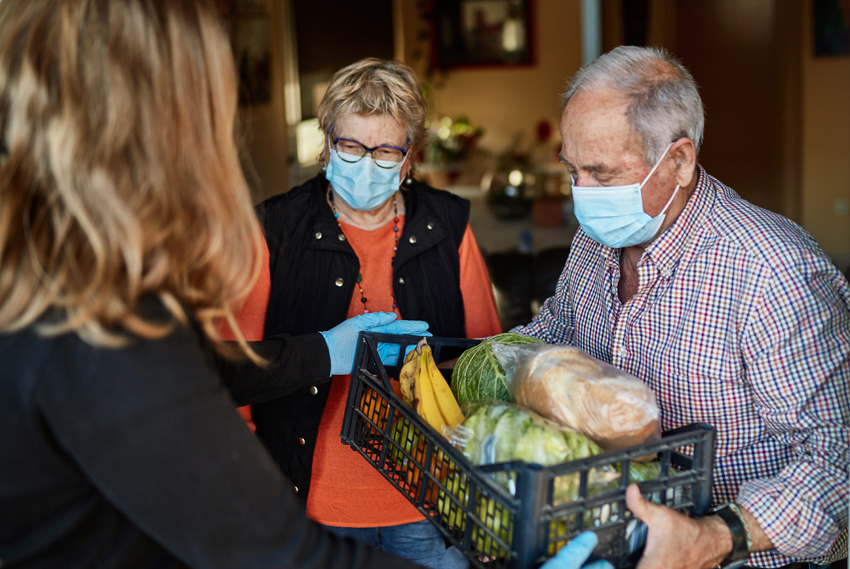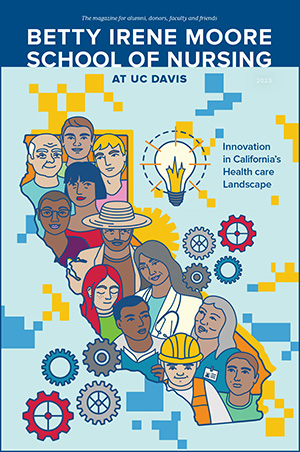Summer traditions and social distancing
Health experts offer tips for older adults and their caregivers

Health experts recommend assigning roles to caregivers who support from inside or outside the home.
Summer trips to visit grandparents. Vacations luring those with coronavirus fatigue. A holiday weekend ahead traditionally spent gathering with family and friends.
The warm months entice family get-togethers. Yet UC Davis Health officials warn to not let your guard down and don’t assume keeping things within the family is safe or free from masking and social distancing guidelines. Losing focus of guidelines could put your older family members at risk.
“We had hoped with the warmer weather and people being outdoors more, there would be decreased transmission. But the novel coronavirus is behaving like influenza,” said Dean Blumberg, UC Davis Health Chief of Pediatric Infectious Diseases. “Yet, if you’re going to socialize, outside is a safer environment. But you must protect yourself and others by maintaining social distancing.”
Last week in Shasta County, health officials reported that a family gathering in late May led to 12 of 20 attendees testing positive for COVID-19 by mid-June.
But what if you’re caring for an older adult family member and others want to get together to celebrate the July Fourth holiday or simply see each other after a long absence?
“For the past three months, we’ve seen countless images of family members and their older adult loved ones smiling at each other through glass windows and waving from cars at a distance. And certainly the opportunities to maintain social contact with older people is essential to their well-being, however, those safety measures are still necessary for this vulnerable population,” said Terri Harvath, director for the Family Caregiving Institute at the Betty Irene Moore School of Nursing. “However, when family members are primary caregivers for an aging spouse or parents, you need a game plan to limit transmission.”
Harvath says first you must determine who can be inside the home and who needs to be outside the home in terms of helping. Those who can go inside are those who are able to maintain social distance and minimal exposure. For example, they are not going grocery shopping or working in close proximity to others and they don’t have members of their own households who are in higher risk groups for exposure.
“For those who need to remain outside of the home, they can still serve very valuable roles as caregivers,” Harvath added. “They are the grocery shoppers, errand runners and meal deliverers. They can also help out with yardwork and exterior chores.”
Harvath adds that safety protocols must be used in those instances, including wiping down any groceries or products brought to the home and allowing items to sit for 24 hours before handling.
“Don’t forget that technology offers one of the safest ways to connect with phone calls or FaceTime. There’s the tried-and-true writing or emailing notes to connect with family members you miss,” Harvath said. “And of course, there’s sitting outside the window, like the many images portrayed in media, just so you can see each other until a safer time arrives in the future.”
For older adults whose caregivers do not share housing, Harvath says the inside/outside people designation still applies.
For the past five years, Harvath and other institute researchers have partnered with AARP to provide a series of videos to support caregivers as they navigate tasks such as managing medicines and caring for wounds. The team at AARP recently published the webpage, “Practical tips for caregivers concerned about coronavirus,” as a resource to caregivers. The Family Caregiving Institute also shares this resource to help caregivers prepare and reduce exposure to the virus.





